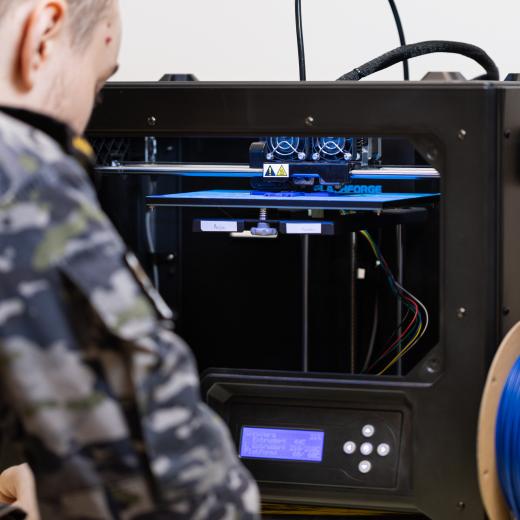BLUF
Sixty years after being built in a sheep paddock, the Parkes Radio Telescope is still helping to explore the universe.Summary
Forever etched into popular Aussie culture thanks to the iconic movie 'The Dish', the Parkes Radio Telescope is set to play yet another crucial role in an upcoming mission to the Moon. This article makes the following points:
Construction on the 64-metre telescope (commonly referred to as 'The Dish') was completed in 1961 and took two years to build in the New South Wales' central west.
The Dish was first considered in the late 1940s by the CSIRO's chief of radiophysics, 'Taffy' Bowen, who believed Australia needed to keep up with the rest of the world in exploring our universe.
In the decades that followed its official opening, the telescope played a pivotal role in some of the world's most important astronomical moments, including being a crucial receiving station for the Apollo 11 mission to the Moon in 1969.
More recently, the telescope has been on a special mission, searching for alien life.
From next year the Dish will begin supporting commercial space flights in our solar system.
The Dish is now 10,000 times more powerful than it was when it was first built.
Celebrations are underway for the 60th anniversary of arguably one of Australia's most iconic pieces of technology.
The CSIRO will unveil a plaque to mark the telescope being placed on the National Heritage list.
CSIRO head of radio telescope operations John Reynolds said the technology would be vital in helping some of the precursor missions, scheduled to start next year.
He said such operations had been made possible through a complete renewal of electronics every five to 10 years.
References
Aug 2020 ABC Australia CSIRO Parkes Radio Telescope – The Dish – added to National Heritage List
Mar 2021 ABC Australia The Dish at Parkes will celebrate its 60th birthday by helping put a person back on the moon
Mar 2021 The Guardian The Dish runs back to the moon: Parkes telescope to support commercial lunar landings
Oct 2021 The Conversation 60 years after it first gazed at the skies, the Parkes dish is still making breakthroughs





